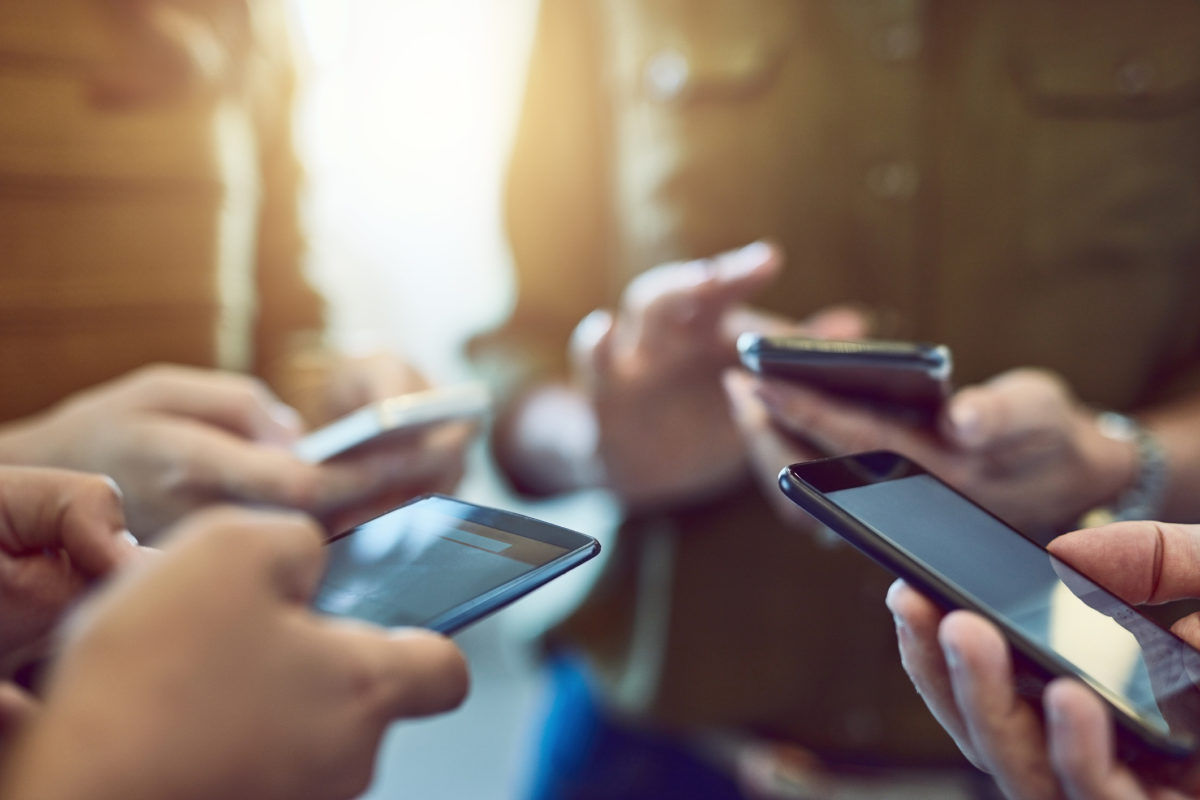The mobile phone has come a long way since its inception in the 1970s. The earliest models of the first hand-held phone, released to the public in the 1980s, only allowed users to make phone calls. At the time it was seen as the ultimate status symbol and companies strove to find ways to make them more accessible to the general public, aiming to provide models at differing prices to ensure that almost everyone in the developed world could own a mobile phone.
The development of mobile phone technology led to the advent of messaging which transformed social interaction. Furthermore, governments saw the potential of allowing individuals to use their mobile phones in other countries, leading to collaboration on a global scale.
Today, the capabilities of the mobile phone have an immeasurable impact on daily life.
Constant Entertainment
The morning commute or wait in a doctor’s office is no longer dull; carrying around a mobile phone means that entertainment is on tap 24/7. As the nature of TV and film has altered significantly with the advent of both free and payable streaming services, consumers can watch shows easily with a few taps.
Streaming services such as Netflix, YouTube and HBO have millions of hours’ worth of content available, and the superior quality of mobile phones means that watching it is on a par with traditional TVs.
Similarly, music has been transformed, with platforms such as Spotify and Amazon Music offering users access to a vast range of artists. Podcast apps have also become increasingly popular in recent times, despite the fact that they have been around for a fairly long time.
The Transformation of Photography
The increasing capabilities of the smartphone have radically altered photography. In decades past, a camera was an expensive, sometimes unwieldy item which came out on special occasions. Developing the photos was a task which had to be performed in specialist shops and photos were stored in albums or in frames around the house, and even when digital cameras entered the market, it was still an extra item taking up space in bags.
When cameras became a staple on the mobile phone, everything changed. It is now possible to take hundreds of snaps, delete the ones that don’t come up to scratch and even use photo-editing apps to achieve a desired effect. The quality of mobile phone cameras has also risen sharply, allowing everyone to take beautiful photos without using a range of photographic equipment.
Online Gaming
Gaming has always been big business and the smartphone has changed the possibilities. From the release of the first video game consoles in the 1970s, when gaming had to take place only in the home, mobile network connectivity has given gamers the opportunity to game wherever and whenever they choose.
App stores allow users to download games and play them almost instantaneously. The quality of the graphics translates to a high-quality user experience, and the sheer variety of games available means that there is something to suit everyone. Apart from traditional puzzle and adventure games, online casinos, where users can play live online casino baccarat, feature immersive visuals that are better than ever. The visuals are optimized across various devices, especially for mobile phones, where gaming becomes accessible to indulge in while on-the-go.
Methods of Payment and Financial Management
Just as the smartphone has eliminated the need to carry around a camera, it has also changed the way users can pay for goods and services. Apple Wallet and Google Pay allow shoppers to store their credit and debit card details on the apps and then use their smartphones to make contactless purchases, rather than taking out a wallet or purse.
This innovation is incredibly useful abroad and at home, meaning that shoppers are less likely to have a purse or wallet stolen.
Furthermore, mobile banking apps now afford users the opportunity to manage their finances 24/7, without needing to concern themselves with banking opening hours. The ability to access bank accounts allows customers to more effectively manage their finances, affording them more control and more awareness. Customers demand more than ever from financial institutions and it’s crucial that banks keep up with their expectations.
Social Interaction
Communication has been hugely transformed by social media. Although social media predates the modern smartphone, the accessibility of social media apps means that looking at friends’ updates and photos is possible with just a couple of clicks. Users can easily keep in touch with friends and family living in different countries, regardless of time zones.
Social media capitalizes on our human need to connect with others, but as social media has evolved, the apps have tuned in to what we find interesting and deliver content designed to keep us engaged. Regular notifications from these apps keep social media at the forefront of mobile phone users’ minds.
Lifestyle Tracking
The smartphone has also revolutionized the health and fitness industry. Pairing with wearable smartwatches, technology can now track heart rate and monitor physical activity. The development of health apps now goes further than ever before, with companies investing in ovulation tracking and monitoring blood sugar levels to support diabetics.
The advancing technology of the smartphone touches our lives in ways that we take for granted. The smartphone is now entrenched in modern society, with individuals using it in a wide range of ways to make almost every process imaginable more straight-forward. As companies continue to drive technology forward, it’s clear that the smartphone is now an essential part of daily life.
